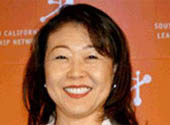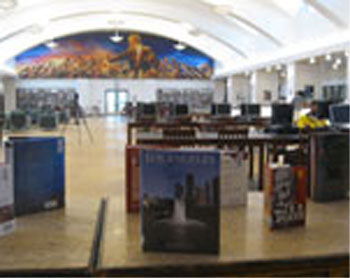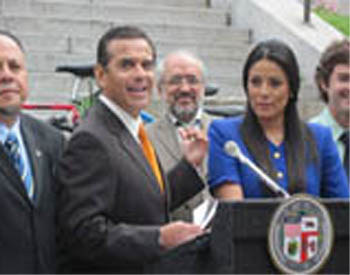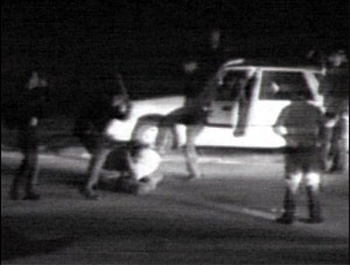 Listen to the audio story from Annenberg Radio News:
Listen to the audio story from Annenberg Radio News:
There’s a lot of soul searching going on in Los Angeles as we approach the 20th anniversary of the LA riots.
It’s a time that brought devastation to many Koreans living here as some rioters unleashed their anger on Korean shop owners.
Emily Frost spoke with Hyepin Im, the President and CEO of Korean Churches for Community Development. It’s an organization that works to build the capacities of Korean churches and nonprofits and fuel economic development.
During the conversation, Im addresses issues of language barriers and rates of poverty among Koreans in California.
Im welcomes all to a commemorative service for the riots on april 29th held by the Korean Churches for Community Development. http://www.kccd.org/









 The Chevy Volt and the Nissan Leaf, the first all-electric vehicles to hit the market, went on sale this past December. The Mayor Antonio Villaraigosa and the Department of Water and Power are invested in helping these cars catch on. Today, they launched Charge Up LA. It’s a rebate program that will give electric car owners up to $2,000 toward the installation and cost of their in-home charger.
The Chevy Volt and the Nissan Leaf, the first all-electric vehicles to hit the market, went on sale this past December. The Mayor Antonio Villaraigosa and the Department of Water and Power are invested in helping these cars catch on. Today, they launched Charge Up LA. It’s a rebate program that will give electric car owners up to $2,000 toward the installation and cost of their in-home charger. Los Angeles mayor Antonio Villaraigosa took a tour of the six shiny, state-of-the-art schools at the Robert F Kennedy complex. He wasn’t visiting for any special performance or opening. Instead, he visited to remind the public of education accomplishments during his term. The visit came after his “State of the City"” address last night, when Villaraigosa emphasized his commitment to school reform.
Los Angeles mayor Antonio Villaraigosa took a tour of the six shiny, state-of-the-art schools at the Robert F Kennedy complex. He wasn’t visiting for any special performance or opening. Instead, he visited to remind the public of education accomplishments during his term. The visit came after his “State of the City"” address last night, when Villaraigosa emphasized his commitment to school reform. “Bikes and people and skateboarders and families,” Los Angeles Mayor Antonio Villaraigosa said.
“Bikes and people and skateboarders and families,” Los Angeles Mayor Antonio Villaraigosa said. You can’t hear much on the video tape. But the pictures of a man on the ground beaten by a crowd of police officers startled the nation. His name was Rodney King – a name that would become synonymous with Los Angeles Police Department brutality.
You can’t hear much on the video tape. But the pictures of a man on the ground beaten by a crowd of police officers startled the nation. His name was Rodney King – a name that would become synonymous with Los Angeles Police Department brutality.







